Insight: The Beating Heart of Truck Racing
The engine is the heart of every race truck, and given the sheer size and weight of the vehicles competing in the FIA European Truck Racing Championship, there is no doubt that this heart has to be an extremely powerful one.
And indeed it is.
With capacity limited by regulations to 13 000 cm3, truck racing engines produce a staggering power output exceeding 1200bhp and torque around 5000.
Given the numbers, it may seem surprising, but engines used in the FIA ETRC are based on production power units.
“By regulations we have to use a road-going base,” says Stefan Honens, Technical Director at Team Tankpool24.
“There are only certain parts that you can change. We can alter the camshaft but the valve lift has to remain standard. The biggest modifications are the injection system with the turbocharger. This relationship is the most important things that brings you the power,” explains Honens.
In the past, different engine configurations were in use, these days turbo-charged in-line six-cylinder units with common rail are the standard.
“In the past, in the Super Race Truck times there were three classes: A, B and C,” continues Honens.
“They were determined by capacity. The highest class was up to 18.5 litres, which used V10s. V8 for example is much heavier because it has two cylinders more, more rotating parts and running culture is worse. The sound is nicer but like I said you have to use base from the road-going unit and most road-going units up to 13 litres capacity are based on an in-line six-cylinder engine.”
The life span of an engine is one season. “We lease the engines and [once the season is over] they go back to the factory,” says Honens.
What’s interesting, even though the engines have to be production-based, swaps are allowed, hence for example Erwin Kleinnagelvoort’s Scania is powered by a MAN unit.
“Since we´re limited in top speed the work on the engines have been oriented to drivability to minimize gear shifts and optimise traction at all times,” explains Ivan Cruz, a long-time co-ordinator of three-time champion Antonio Albacete’s campaigns.
Truck racing engines are powered with standard diesel fuel that can be bought at any petrol station in Europe.
The fuel consumption varies from 1 to 1.5 litre per kilometre in race conditions. Despite immense power and weight, race trucks are environment friendly. “The injection system is incredibly advanced and was used for the development of the Euro 6 engines,” says Cruz. “If you think about it, it´s incredible that the truck produces virtually no black smoke given it has no filters,” he summarises.







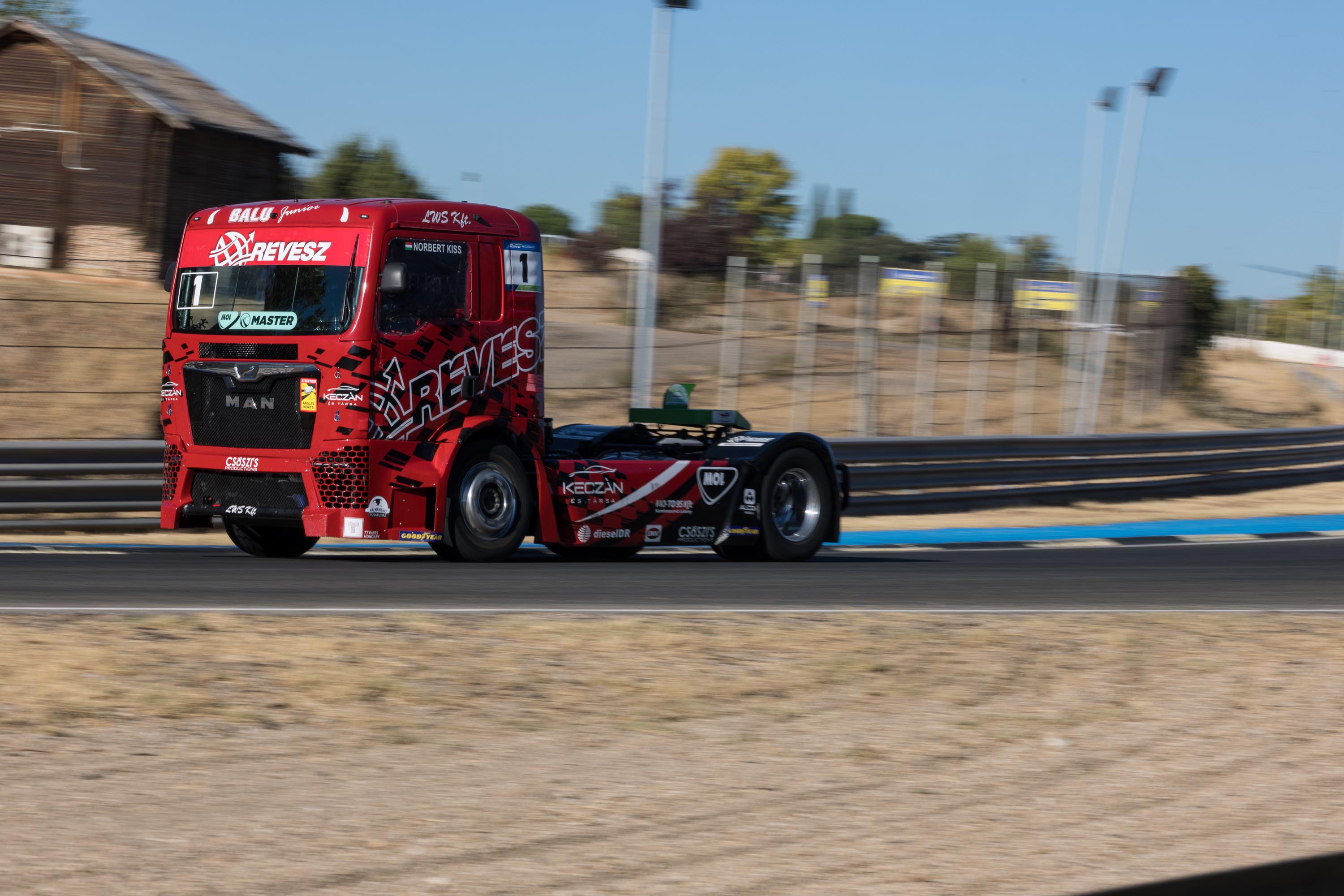


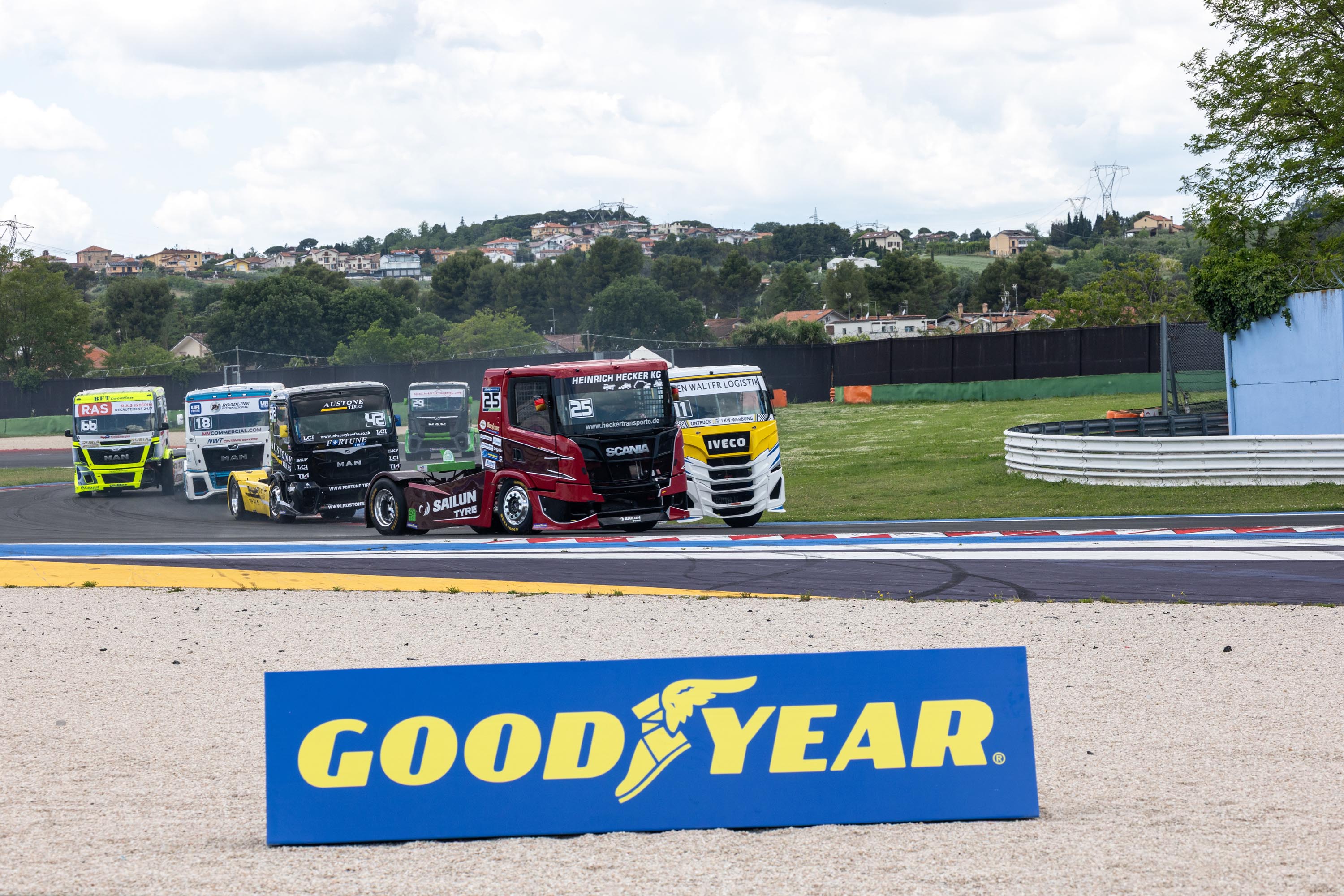


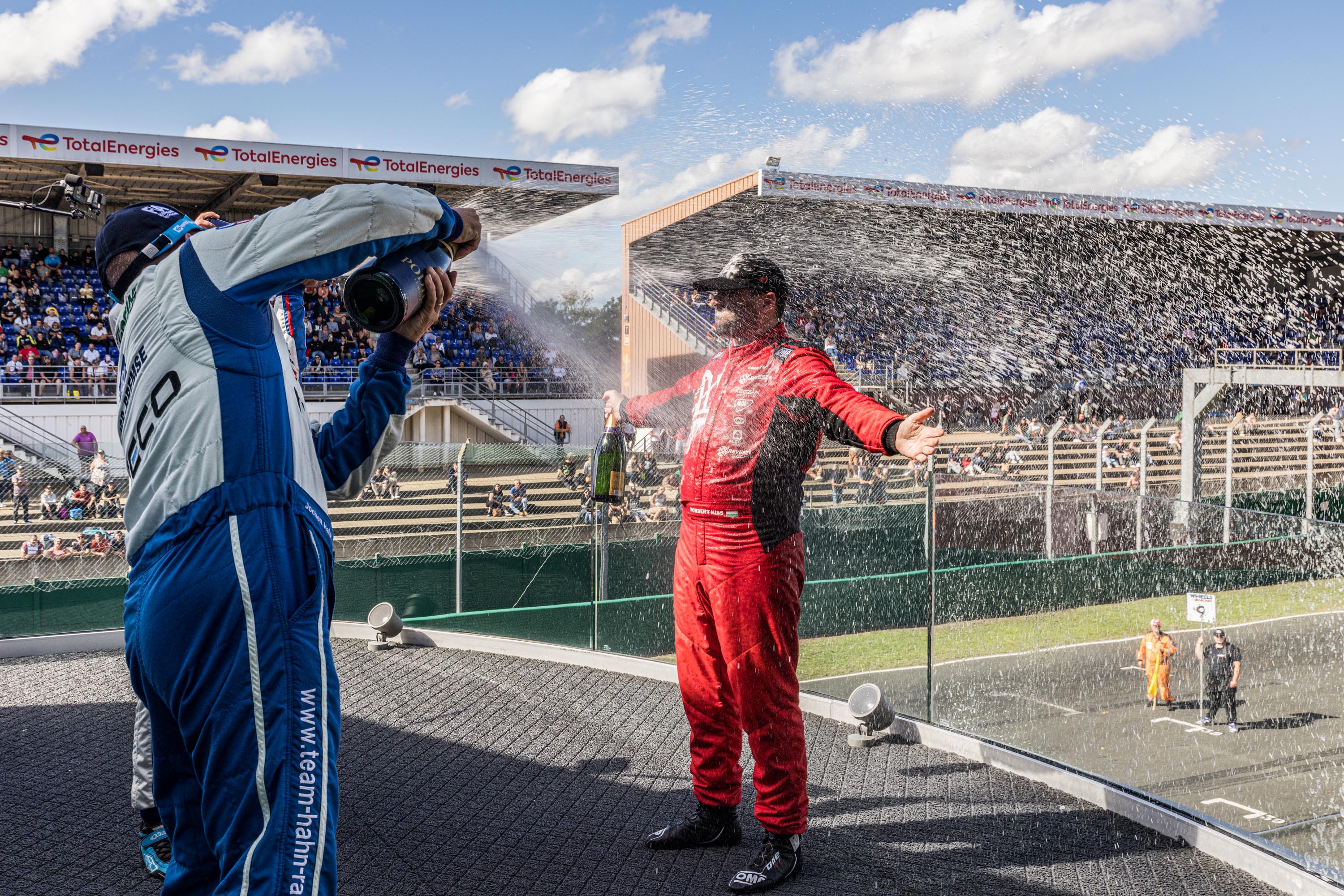
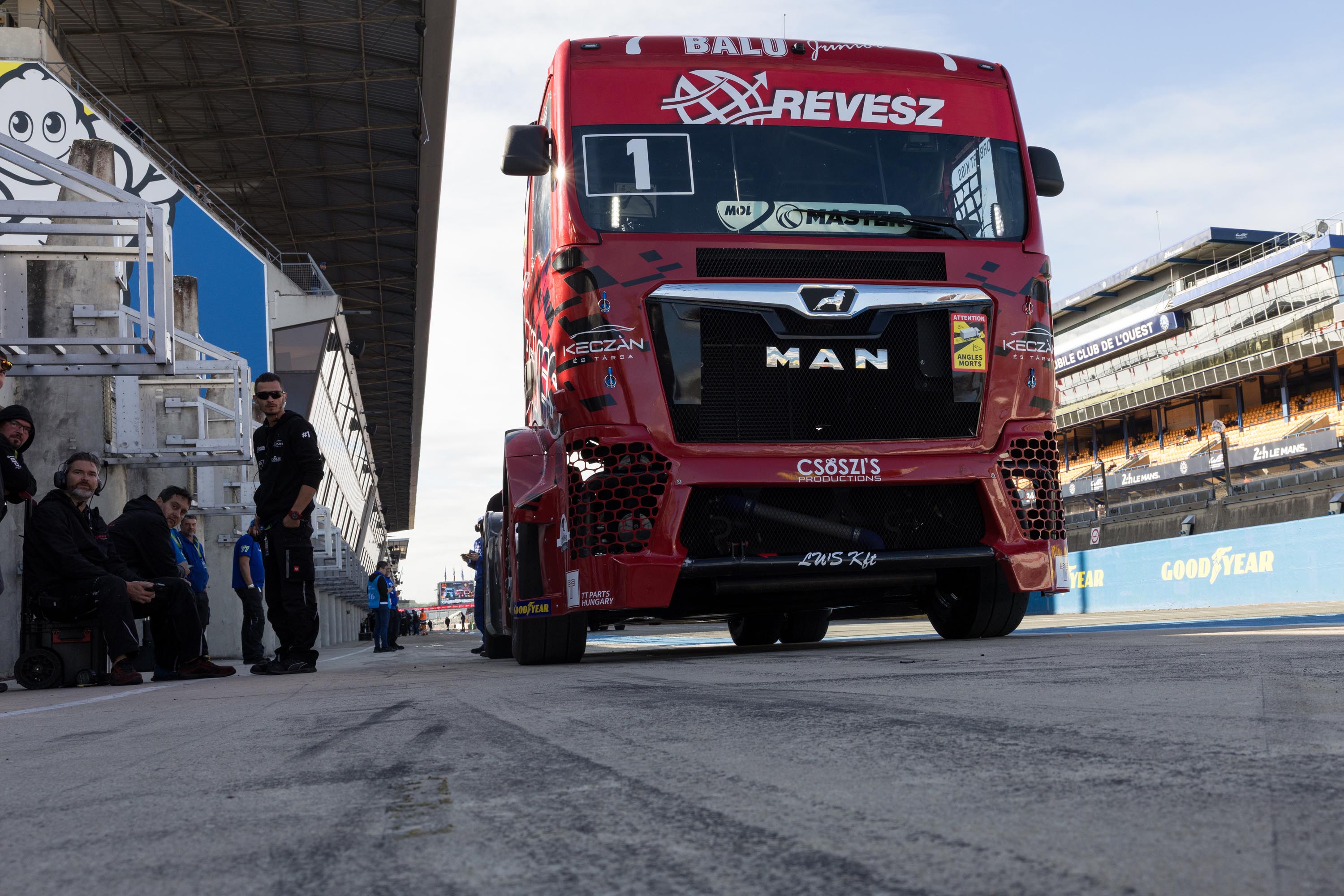
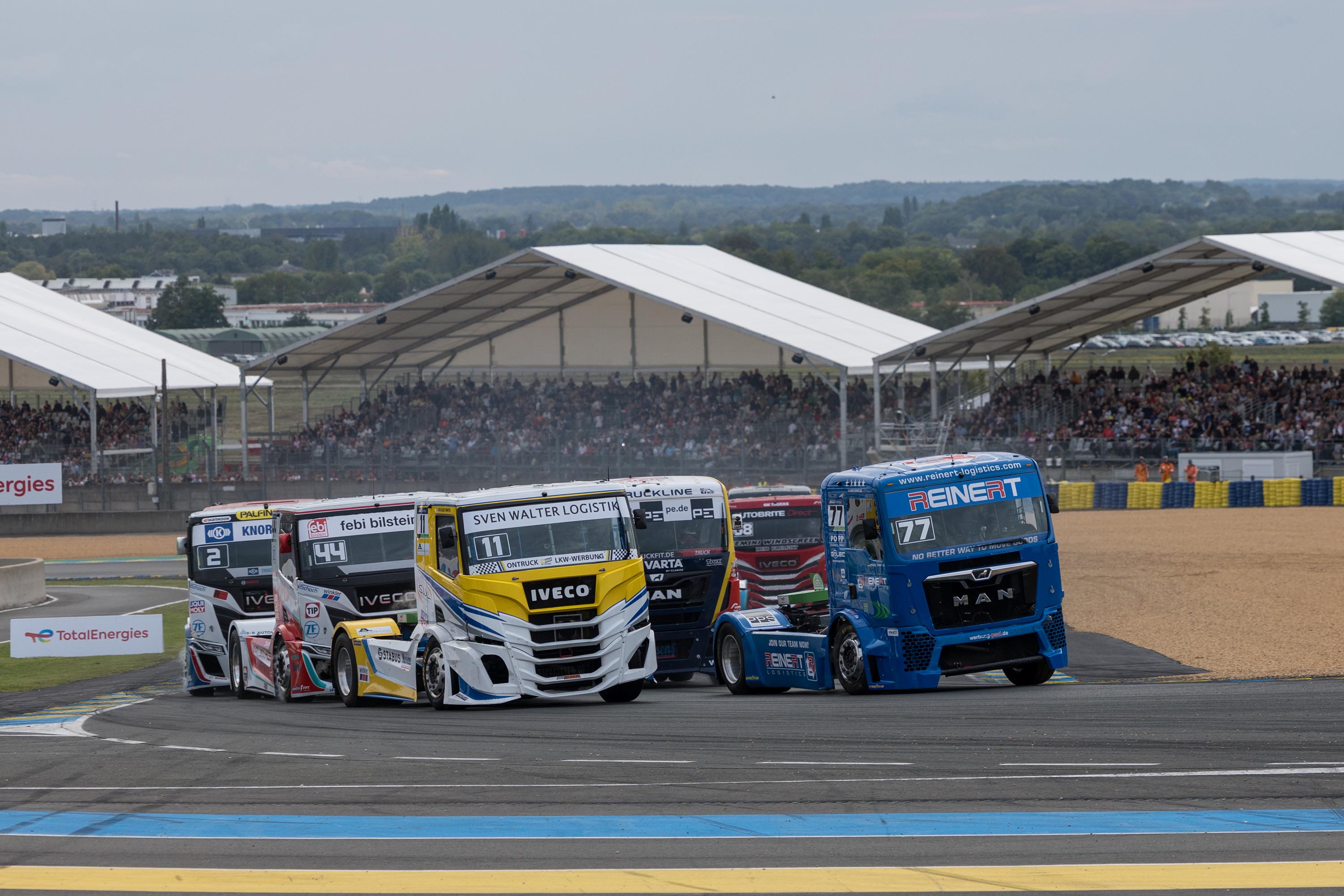
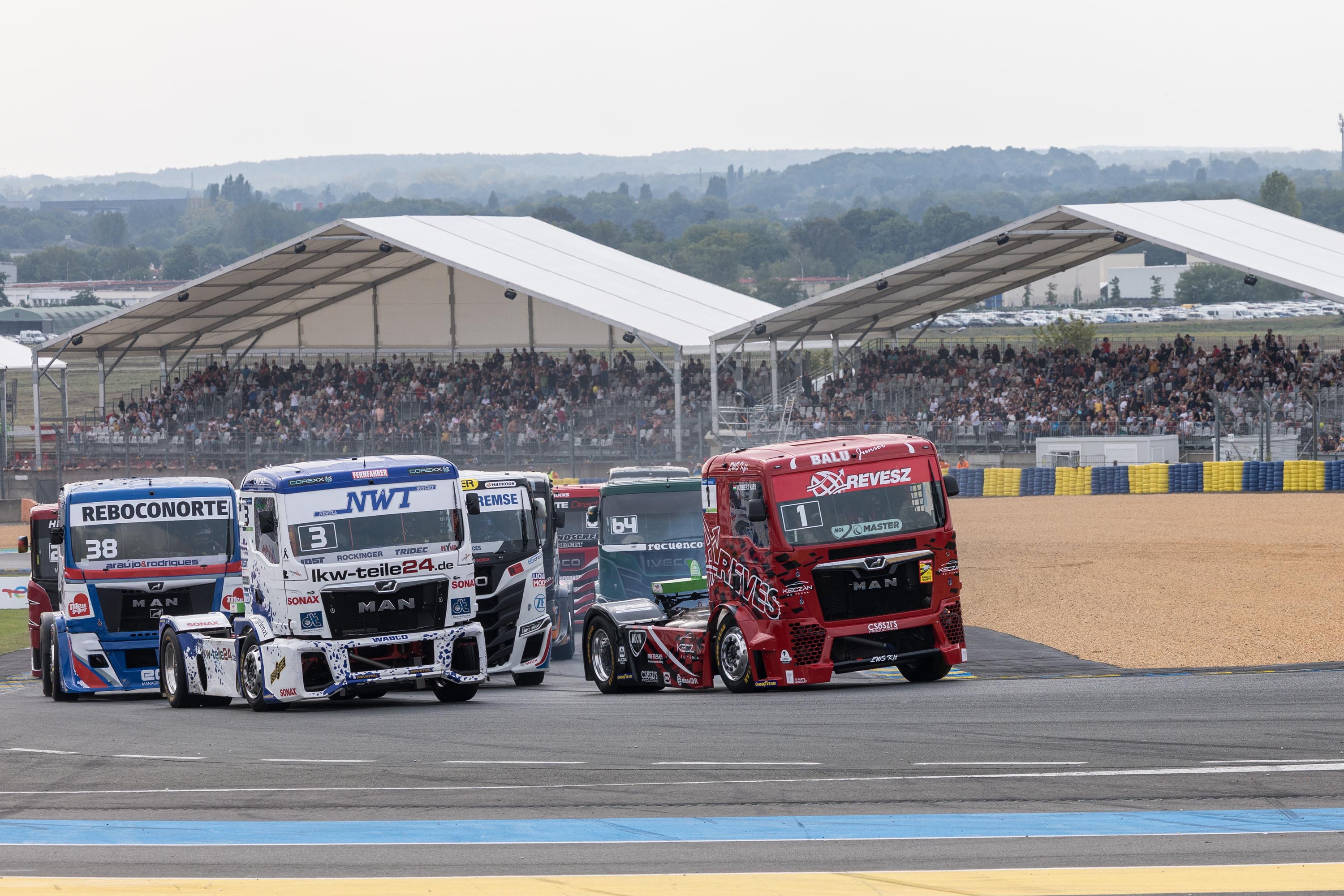
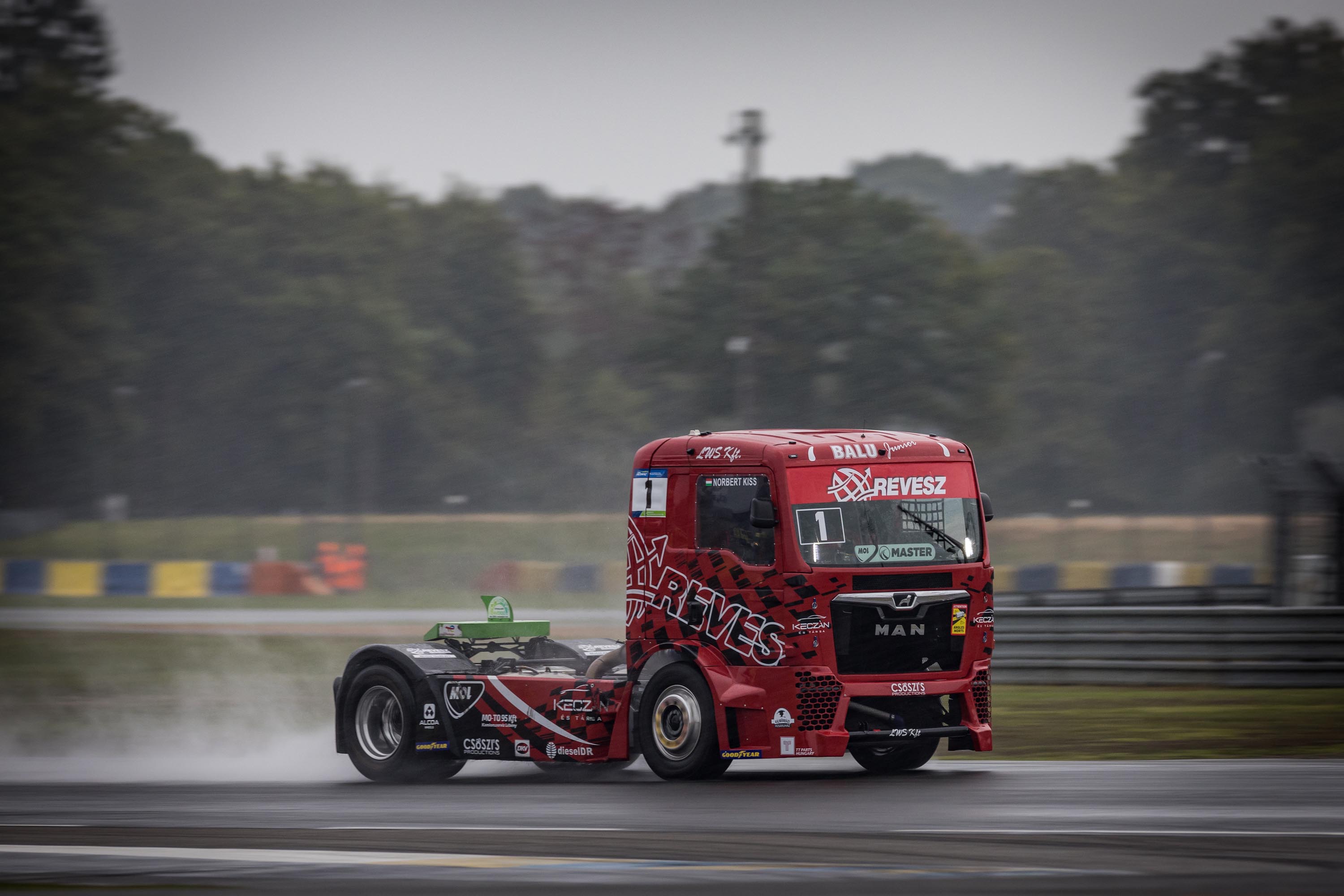


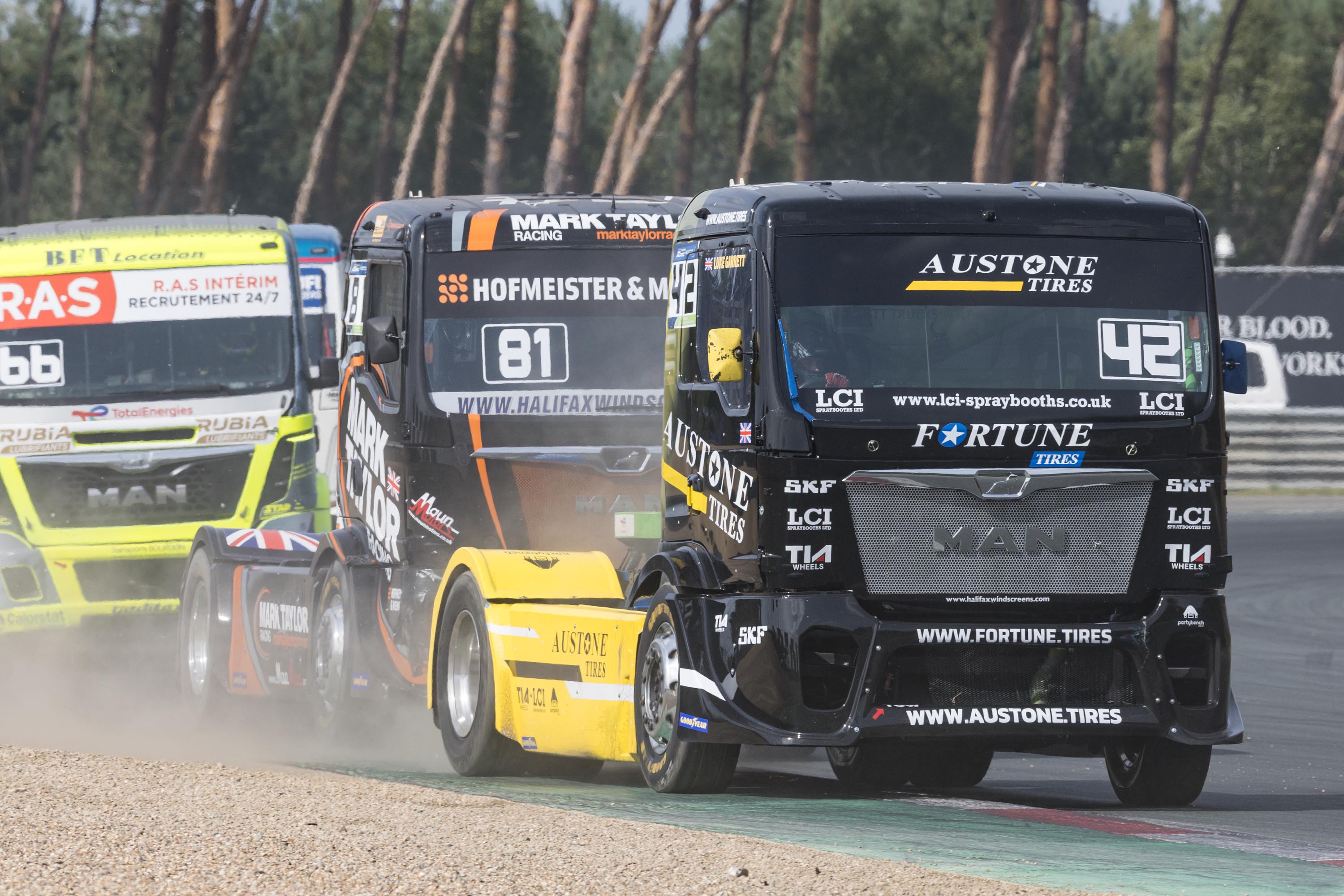


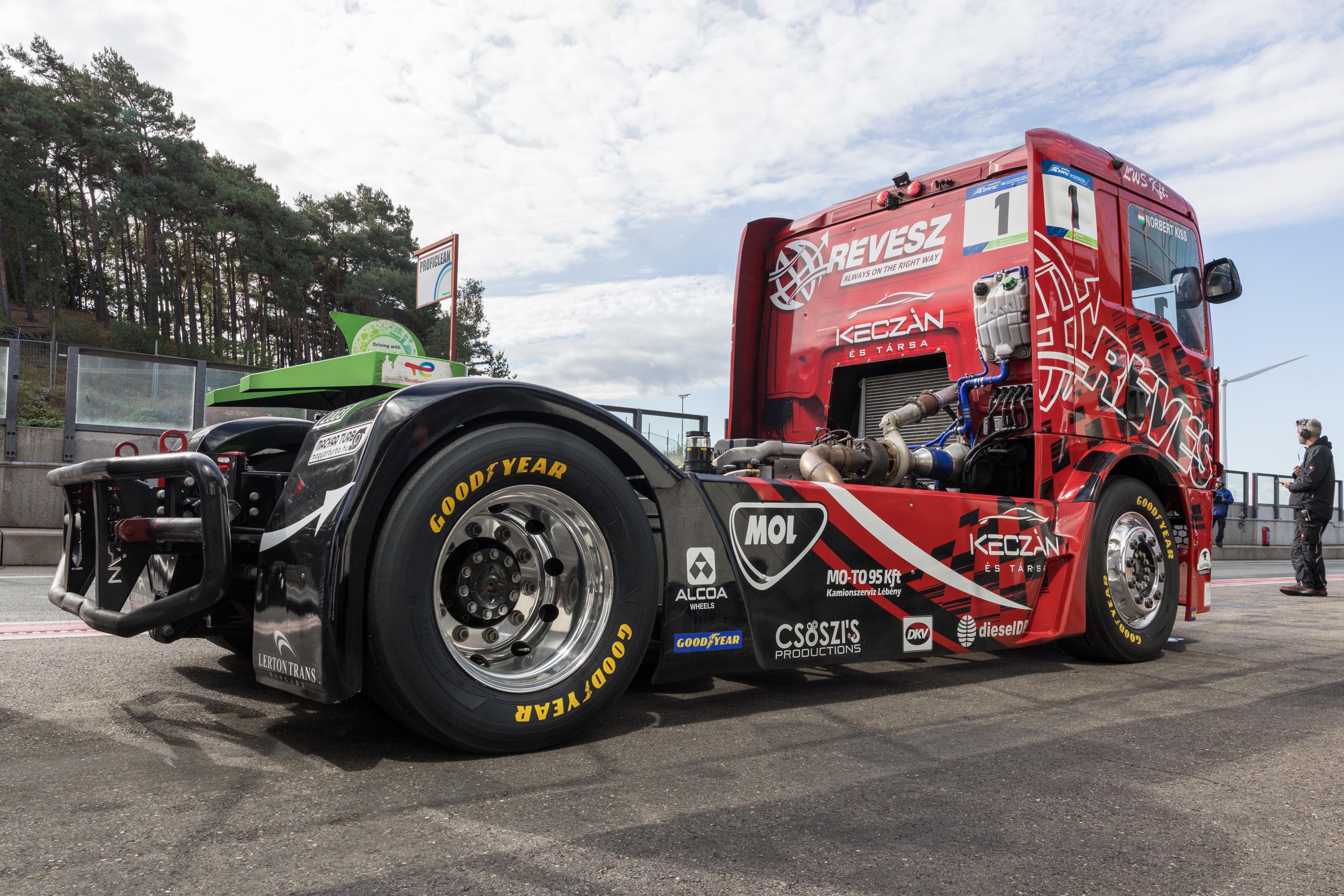

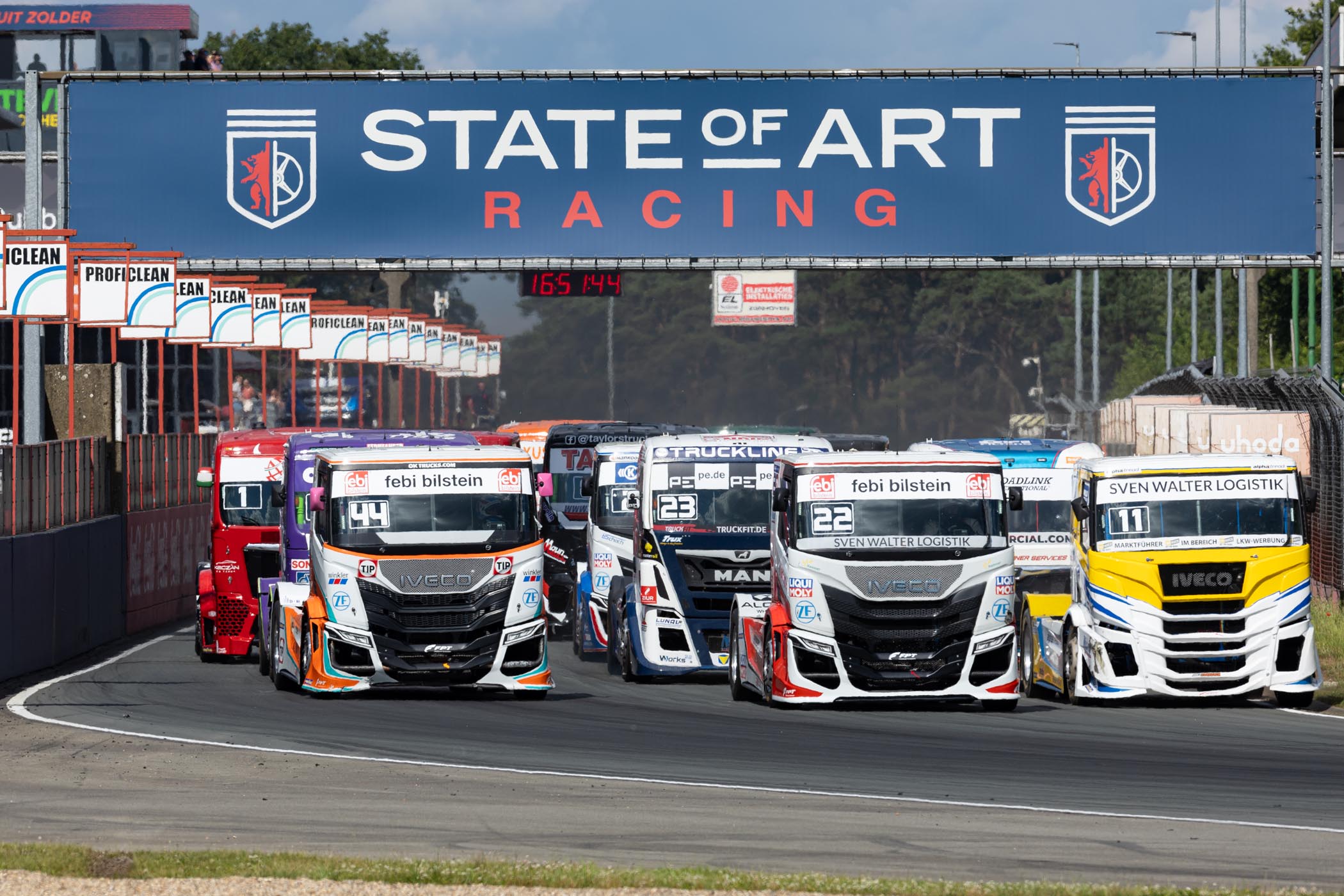



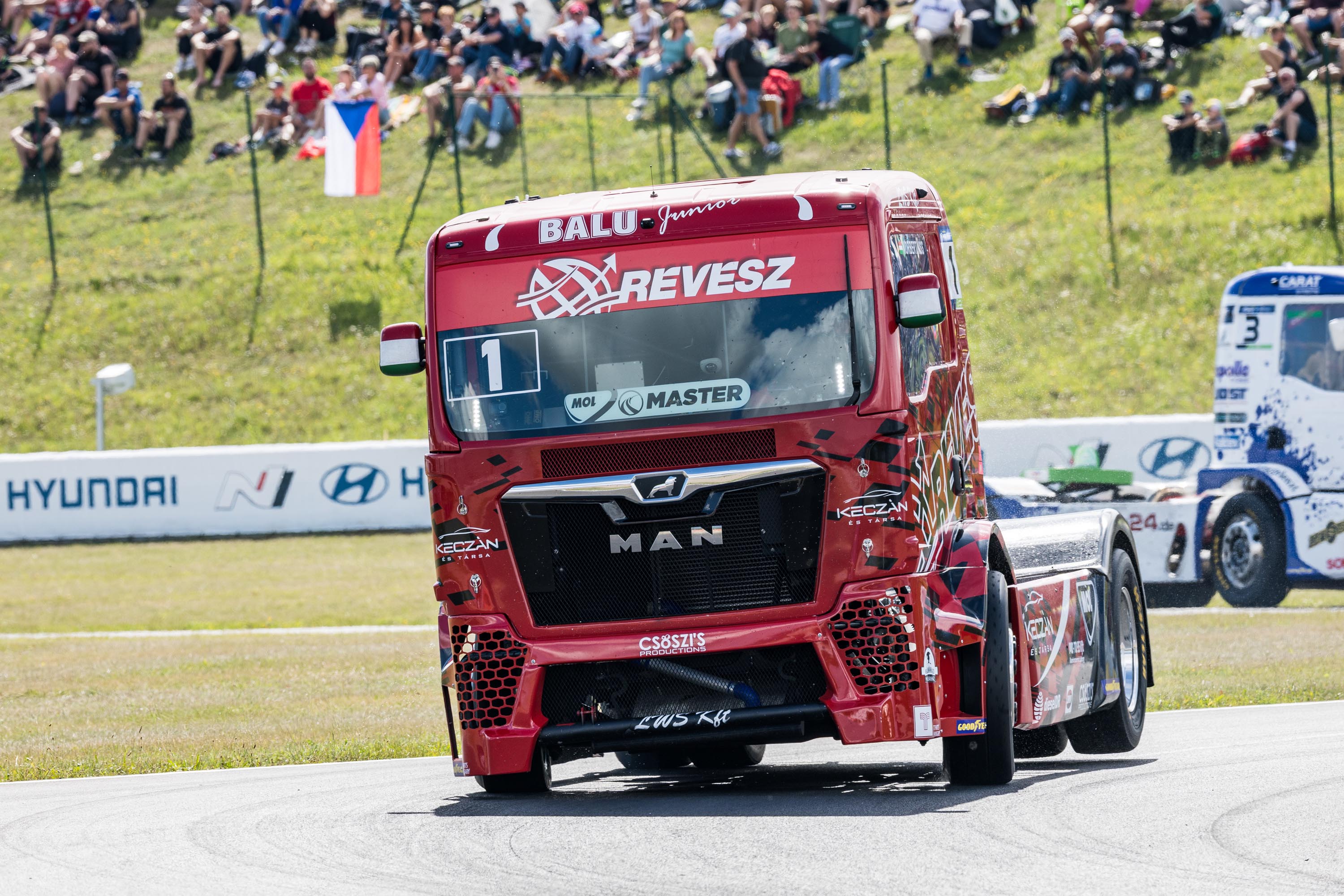
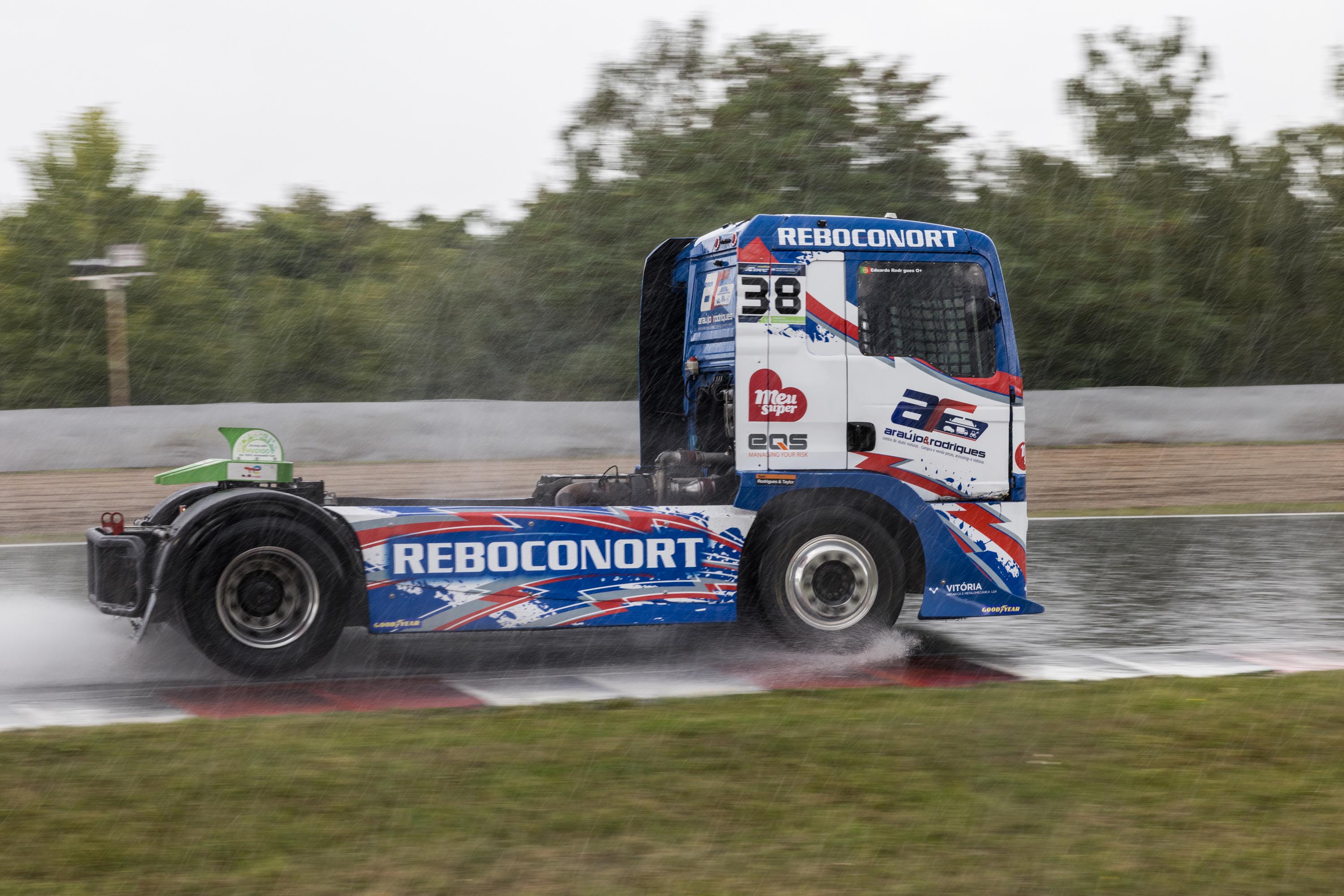








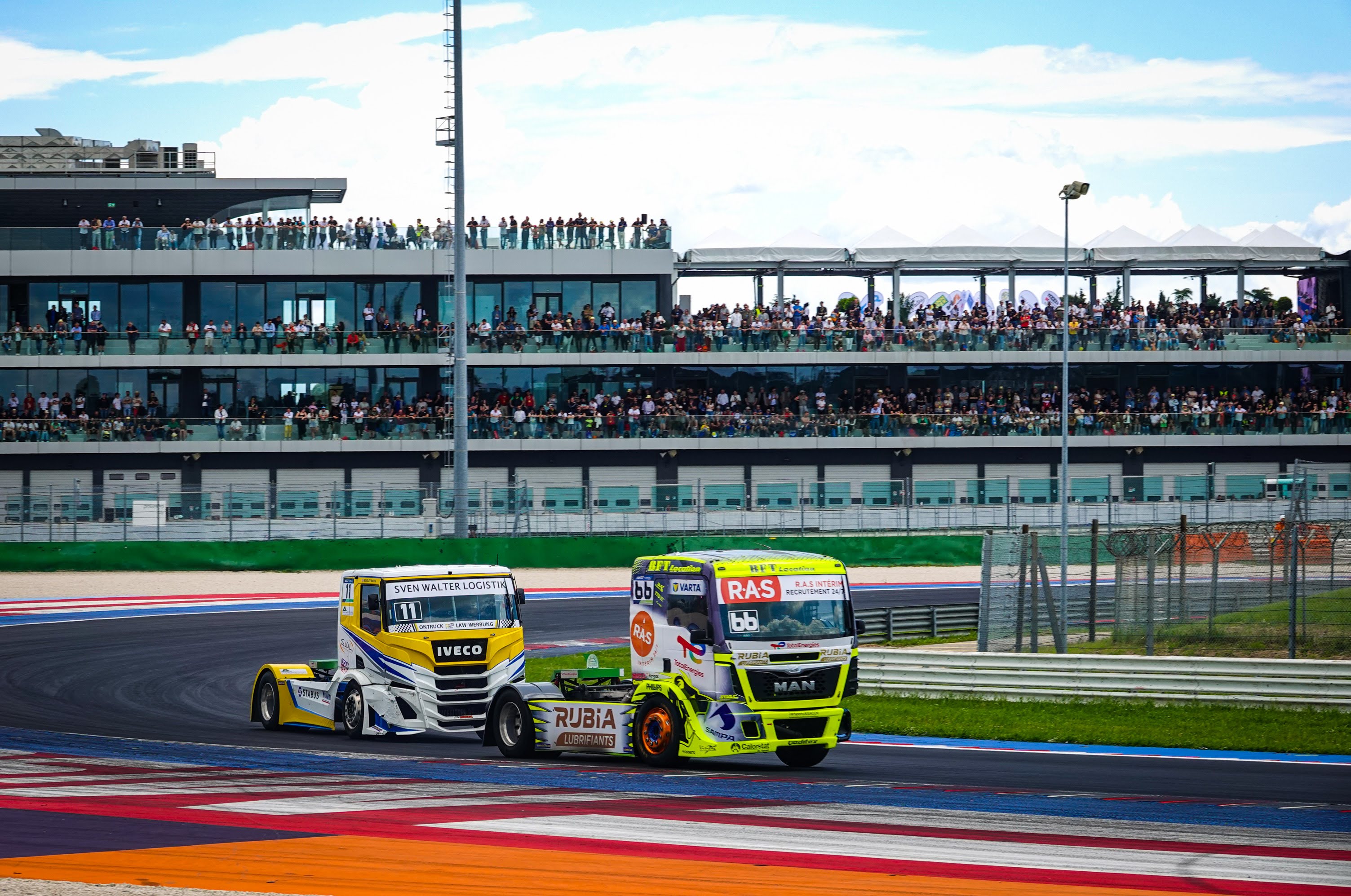
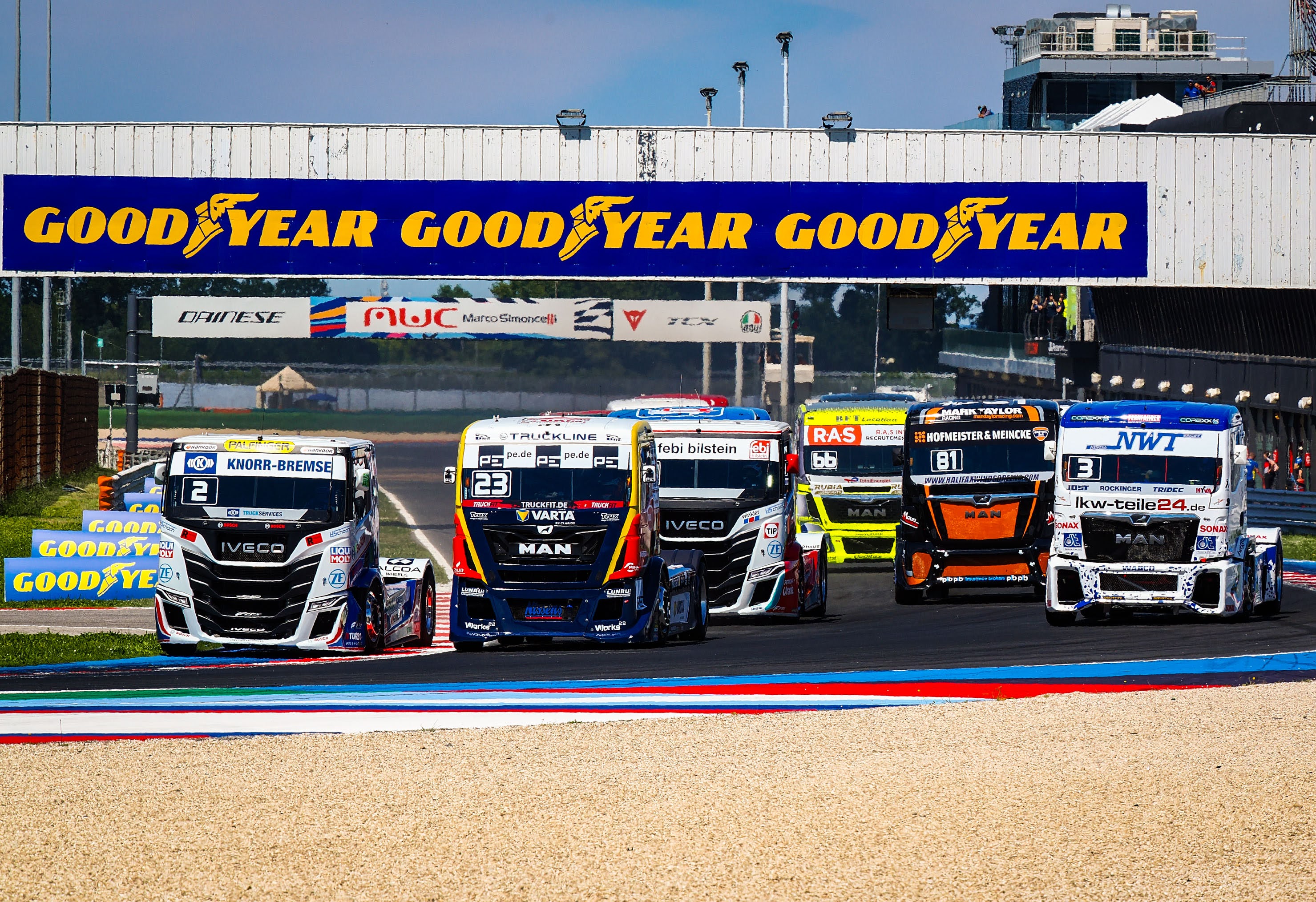



.jpg)






































.jpg)


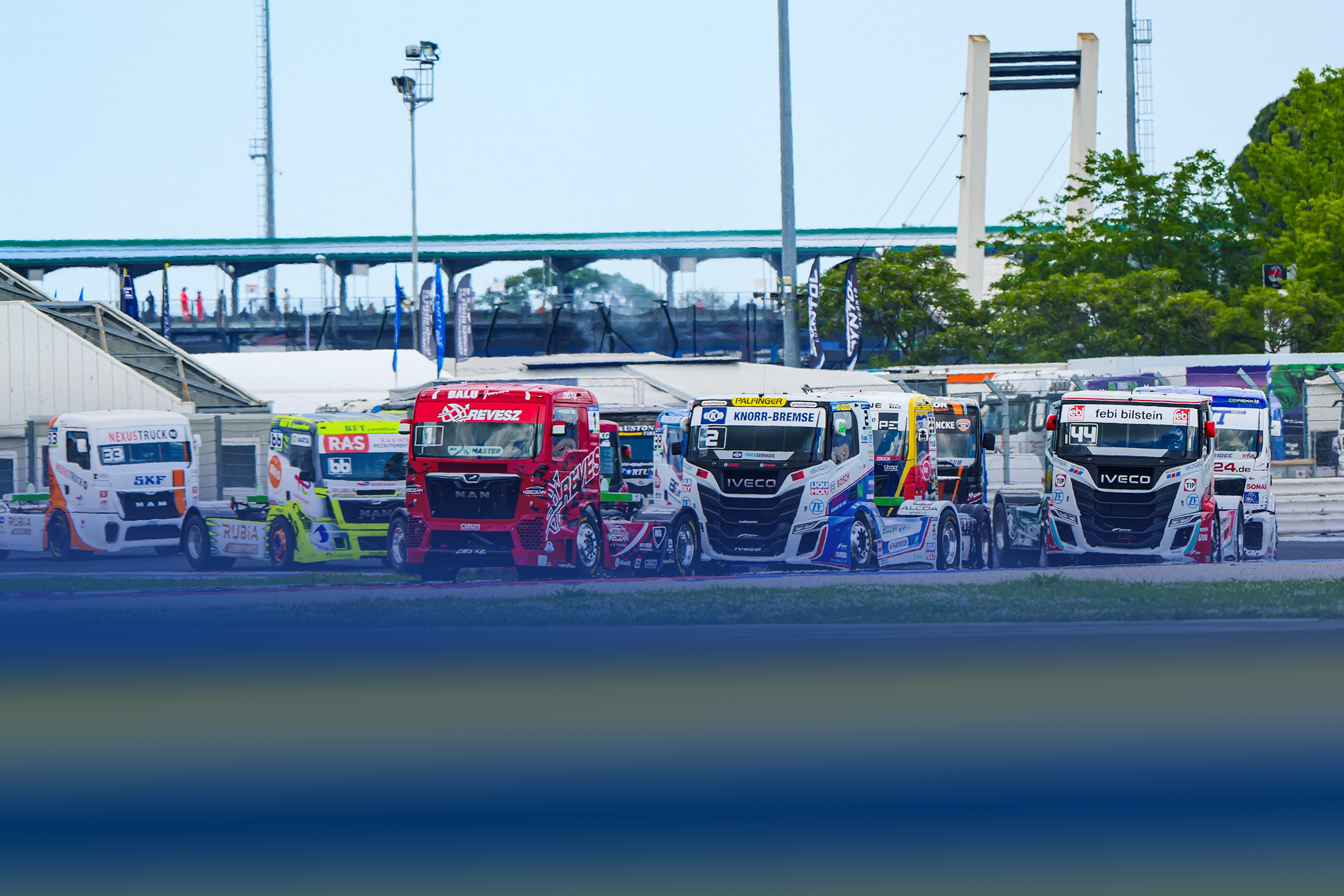








.jpg)



